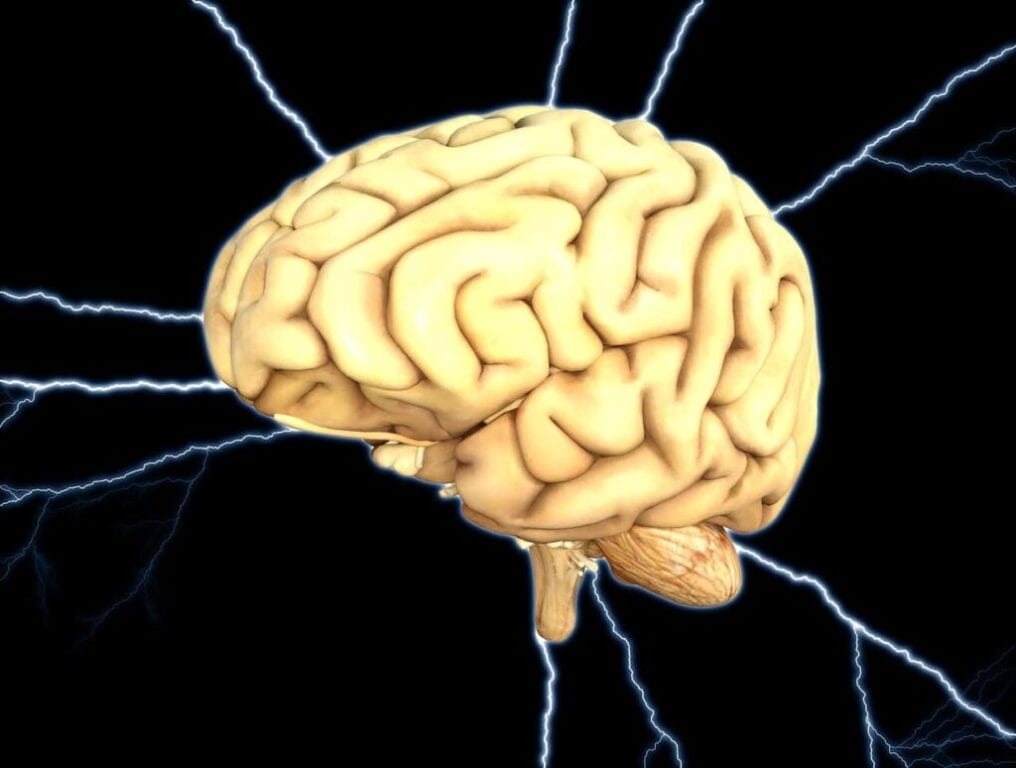Data has recently been published to support a new diagnostic method for progressive supranuclear palsy, according to GlobeNewswire. Life Molecular Imaging and AC Immune SA have reported this data, which is in regard to the Tau-PET tracer PI-2620. This technology is intended to improve the process in which affected individuals receive their diagnosis, hopefully bettering treatment and patient outcomes as well.
About Progressive Supranuclear Palsy (PSP)
PSP is a brain disorder that damages the the nuclei, causing progressive issues with movement. It affects approximately three to six of every 100,000 people, although this number could be higher due to the amount of people who are misdiagnosed with Parkinson’s. This is because the symptoms of the two conditions are similar. PSP effects include issues with balance and walking, falling, sleep disturbances, changes in personality and judgement, stiffness, issues with eye movement, slowed movement, alterations in mood and behavior, speech issues, eating and swallowing problems, and depression.
The exact cause of this disorder is unknown, but medical professionals do know that progressive damage to nerve cells in the brain stem are a part of it. In rare cases, PSP is inherited from parents due to a mutated MAPT gene. In order to obtain a diagnosis, doctors will look for the characteristic symptoms, perform a clinical evaluation, look at patient history, perform MRIs, and use PET scans. Treatment is symptomatic. To learn more about this disease, click here.
About Tau-PET Tracer PI-2620
This new diagnostic method has been evaluated in a clinical study that was held throughout multiple centers in Europe. The results suggest that this method will be more reliable and provide an earlier diagnosis than other forms of diagnosis.
The Tau-PET tracer PI-2620 is able to show signals from the accumulation of Tau deposits in specific regions of the brain. The abilities of this technology may also be helpful for other Tau-related diseases, such as Alzheimer’s. Hopefully further studies of this diagnostic method show similar results, as an earlier diagnosis can greatly improve patient outcomes.








